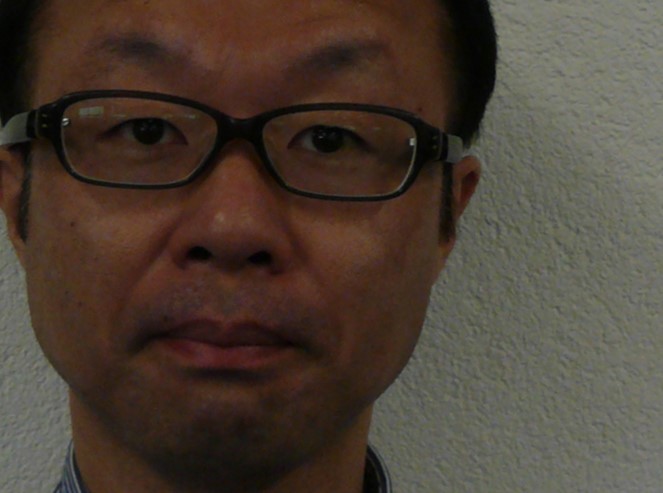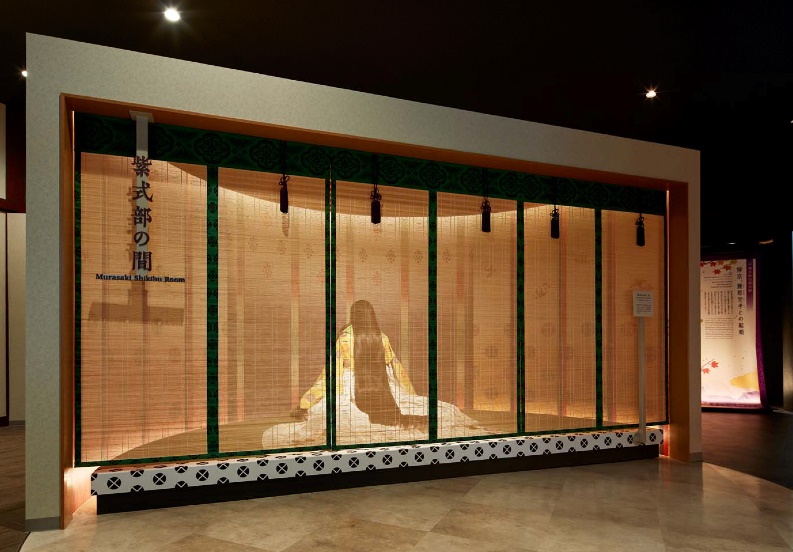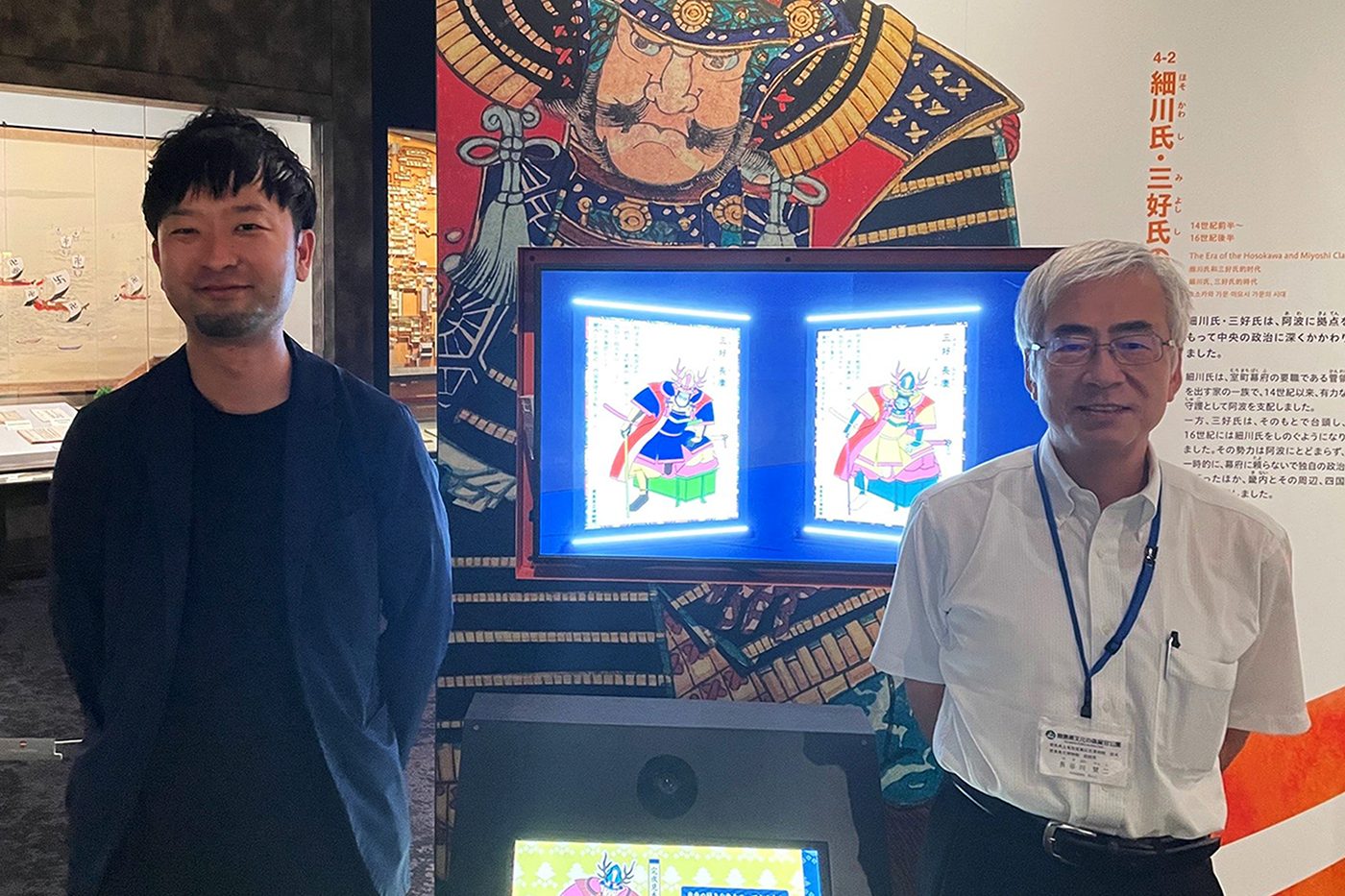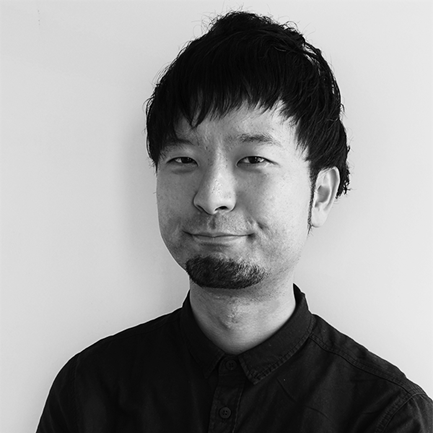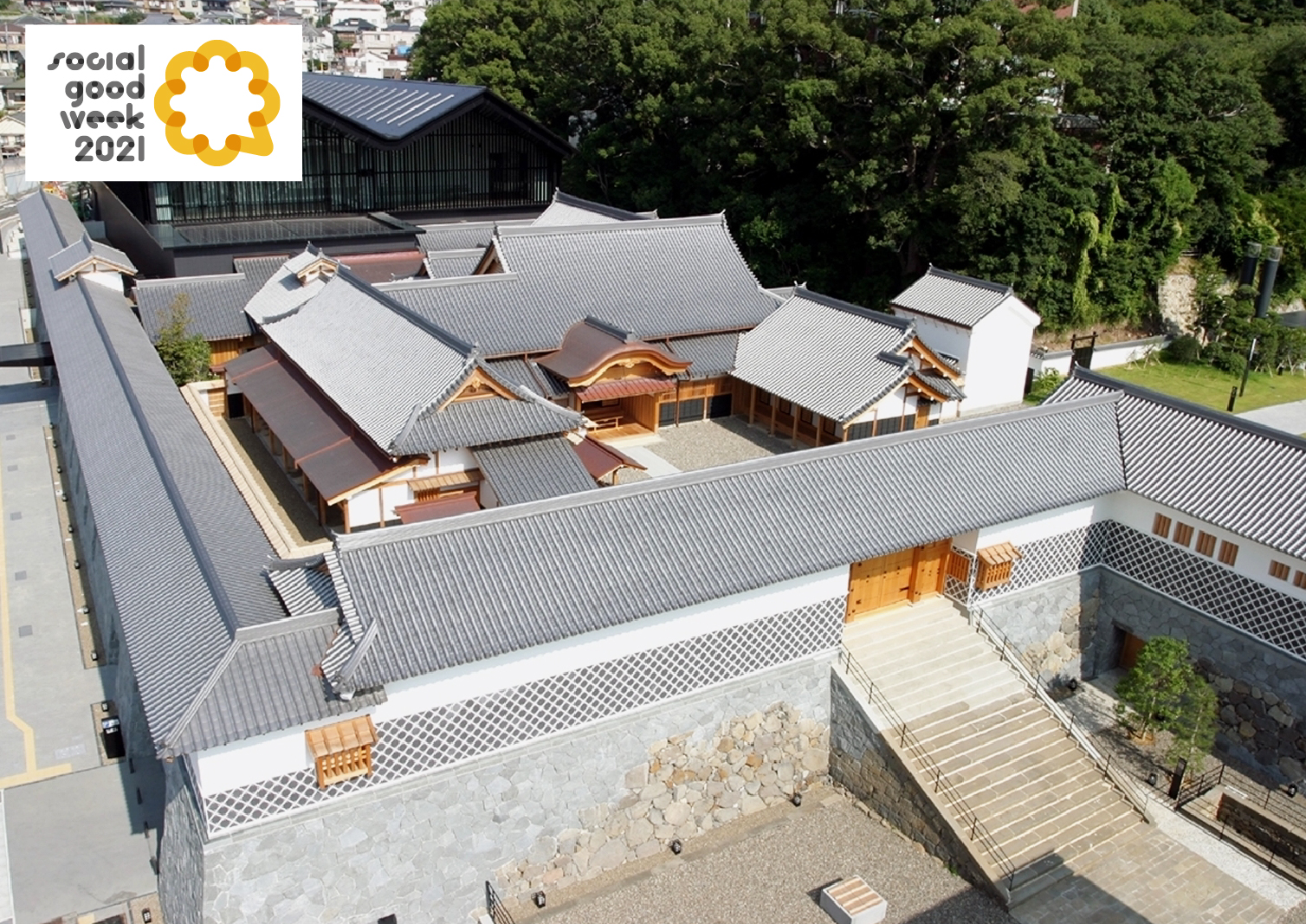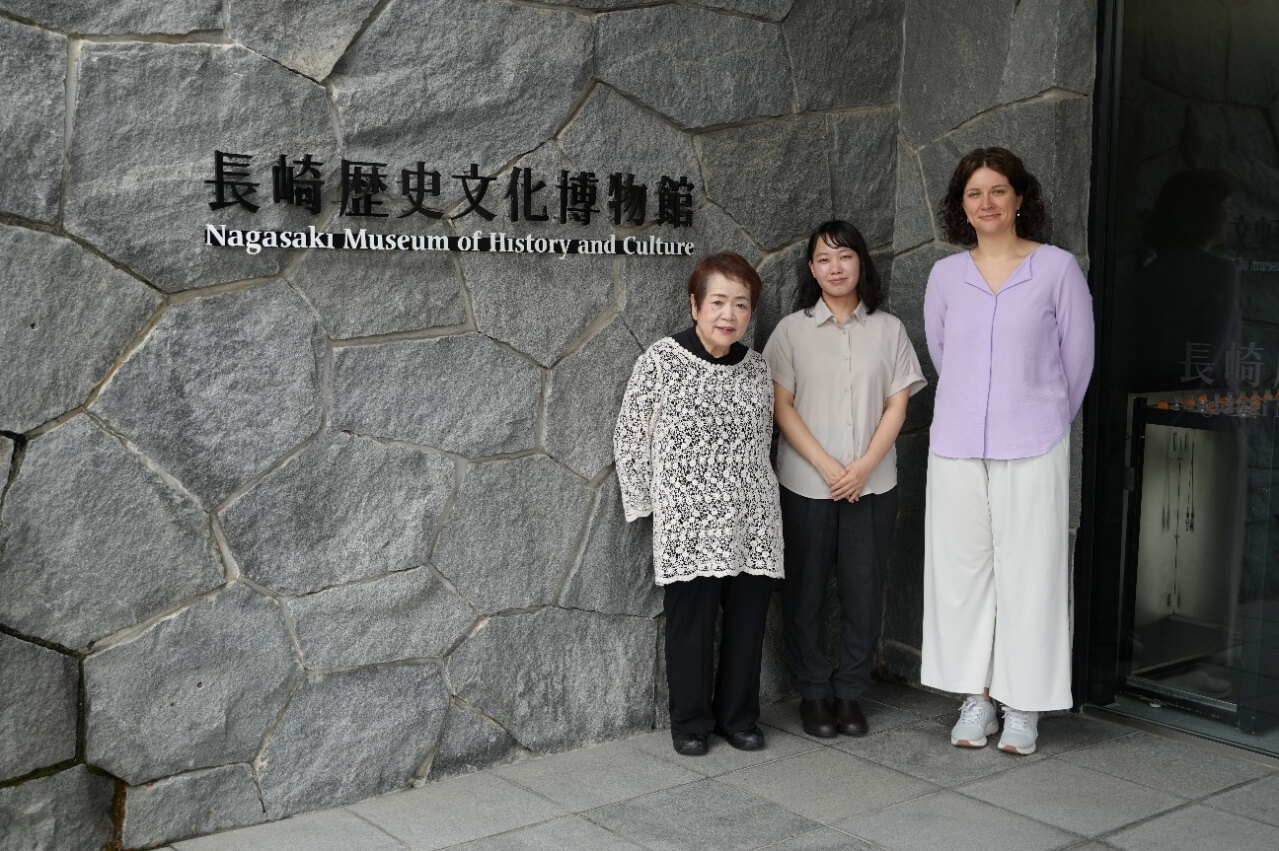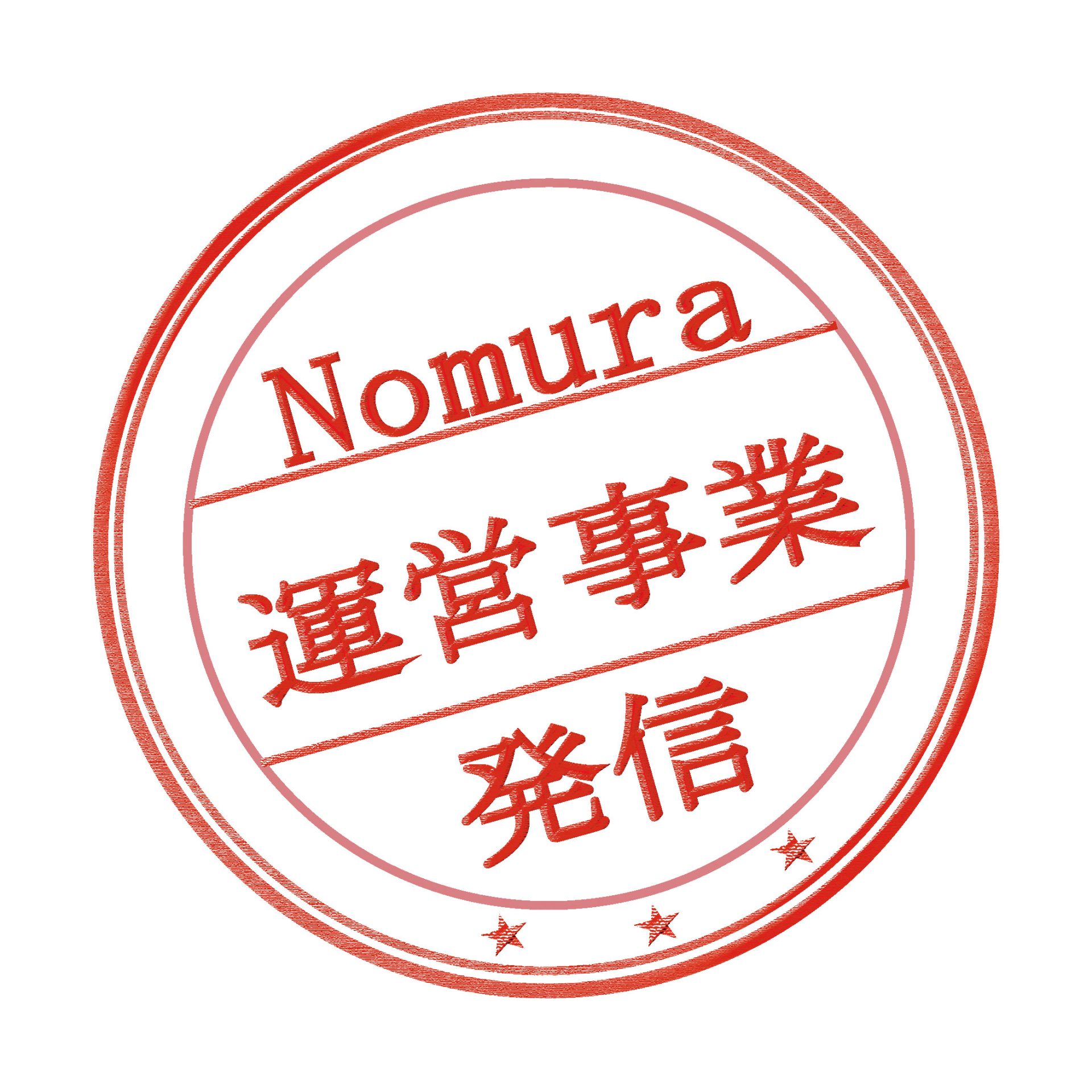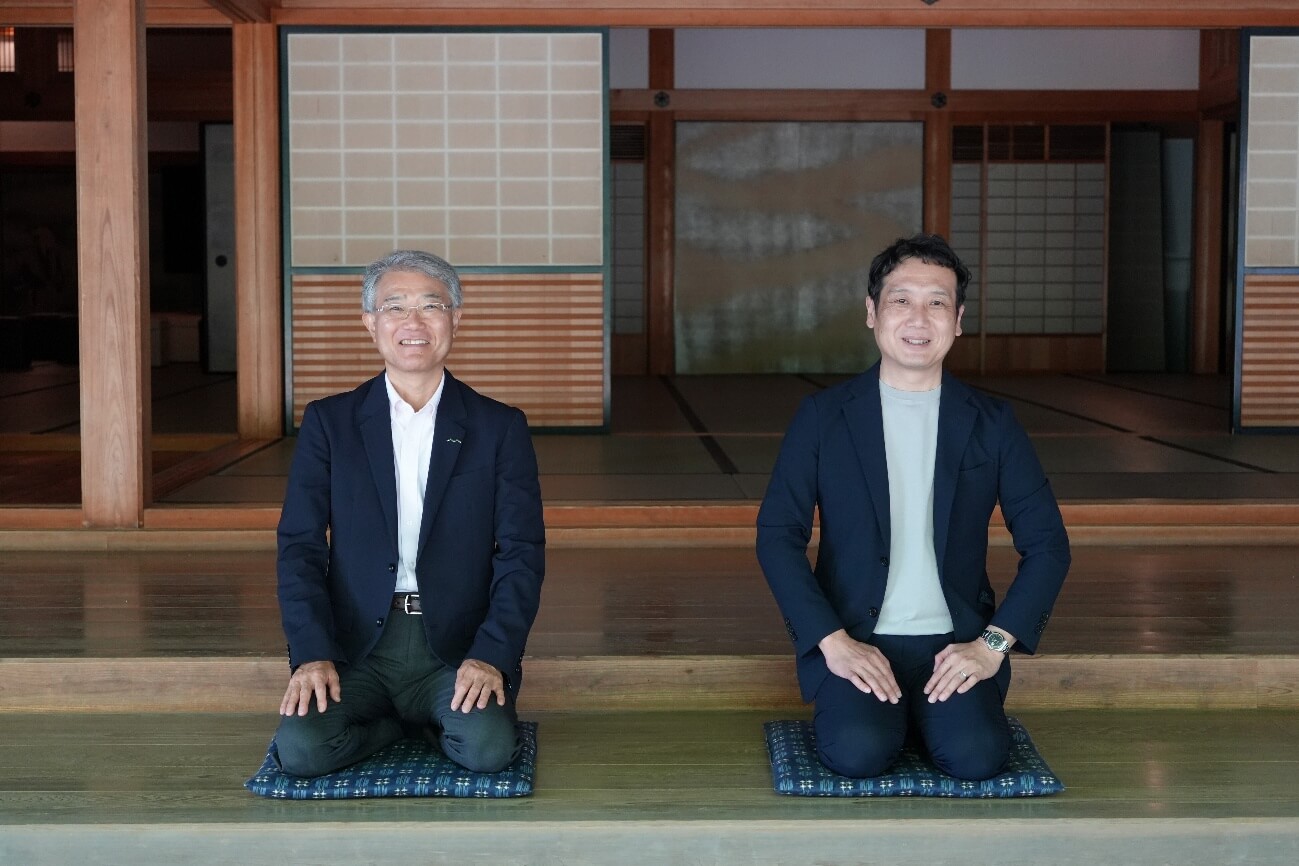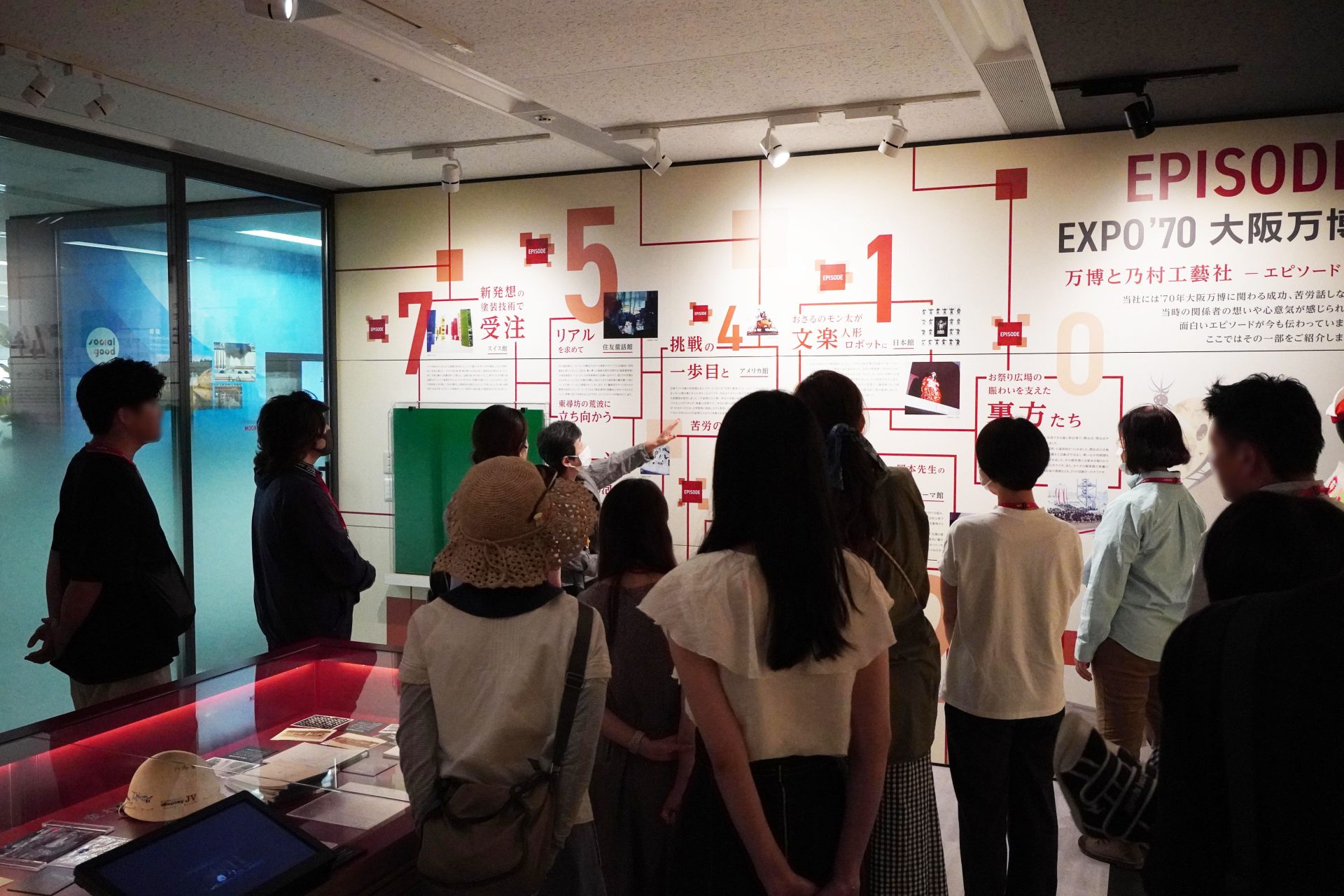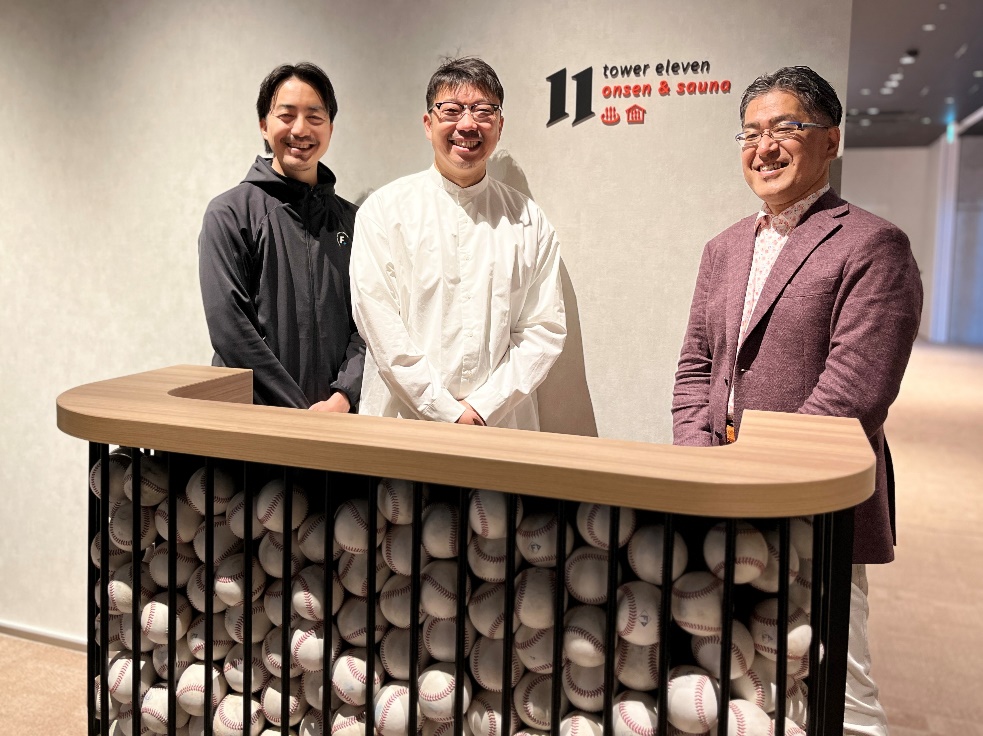
Conveying the value of world heritage sites through exciting stories
2021/06/28- text and edit by
- Shigeo Fujii
I, Shigeo Fujii, am involved in the creation of many exhibition facilities such as museum exhibitions and tourist guidance facilities. This time, I would like to share with you what I felt while working on the construction of the World Heritage Guidance Facility at the Omuta City Coal Industry and Science Museum.

When World Heritage Sites Dramatically Shine!
The bank of Miike Port in Omuta City, Fukuoka Prefecture. This is a bank where you can see the locks of Miike Port, which is a coal industry heritage registered as a World Heritage Site of Japan's Meiji Industrial Revolution. Omuta City calls the phenomenon of the light of the setting sun just shining into this open lock gate "Wake of Light." Twice a year, there are only 10 days, and many people gather to enjoy the drama of the world heritage lights.
surprise! "Miike Port" looking ahead 100 years is still active

Old photo: Portrait of Takuma Dan, when the Miike Port Lock Gate was completed
The Miike coal mine, which spreads out in the area centering on Omuta city, supported the modernization of Japan's industry during the Meiji era and the energy supply during the post-war reconstruction period with coal. However, at that time, the Miike Coal Mine faced the Ariake Sea, which had a large tidal range, and the tidal flats spread out. Coal mined in coal mines was loaded onto small ships, transported to ports where large ships could dock, and then transshipped and sent to various locations, which was a low-efficiency and high-cost transportation problem. "Miike Port" was built to solve this problem. The coast was reclaimed, two long levees extending 3 km offshore were built, the space between them was dredged, and a lock was installed to prevent water from flowing out of the port at low tide. I was. Takuma Dan of the Mitsui Zaibatsu, who bought the Miike Coal Mine from the Meiji government (Dan belonged to the Mitsui Zaibatsu after the purchase/grandfather of the composer Dan Ikuma), when the port was built, he said, "Even if the coal runs out, the local people can live I need a souvenir. If we build a port, it will be the foundation for 100 years.” 113 years after its completion in 1908, it continues to shine as an active World Heritage site that supports local industry as an important port.
We have changed to an era in which World Heritage sites are determined by new value standards.
What kind of image do you have when you think of world heritage sites? Yakushima, Himeji Castle, and Horyu-ji Temple are often mentioned, but Yakushima is a Japanese endemic Jomon cedar. Himeji Castle is a representative of Japanese castles. As for Horyuji Temple, most of them have easy-to-understand value standards that people around the world can understand, such as the world's oldest wooden structure. In recent years, however, some changes have occurred in this World Heritage Site. One of them is "Serial Nomination".
"Serial nomination" translates as "recommendation of multiple consecutive assets" by collectively recommending several geographically separated cultural properties under a single story. For example, the “Sites of Japan’s Meiji Industrial Revolution” consists of 23 properties, scattered across the country from Tohoku in the north to Kyushu in the south. By connecting all these assets, we can see the big story of Japan's industrial revolution.
A story that conveys the value of the "Japan's Meiji Industrial Revolution Heritage" across 23 properties
Japan built the foundations of an industrial nation at the beginning of the Meiji period, and has achieved rapid industrialization in the heavy industrial fields of iron and steel manufacturing, shipbuilding, and the coal industry. Through the letter of nomination, the Japanese government has explained the history of industrialization to the UNESCO World Heritage Center through the following three-step story.
1. "Challenges of trial and error" The period when I tried to imitate cannon casting and Western-style ships based on Dutch books
2. "Introduction of Western science and technology" The period when knowledge was acquired by directly introducing and using Western technology
3. "Establishment of industrial base" period when human resources were developed and improved to meet domestic demand and social traditions
In just over 50 years after these three stages, Japan became the first non-Western country to achieve an industrial revolution. I won't go into detail here, but there were many dramas that the Japanese people in the Meiji era accomplished after tearful efforts and failures.
It's hard to understand just by looking at the value of modern industrial heritage that remains here and there in the city

World Heritage: Miyanohara Pit, Miike Coal Mine Railway
Takuma Dan actively worked on the introduction of new technology in areas other than the Miike Port lock. In the fight against the large amount of underground water that gushed out from the mine, we overcame it by introducing a state-of-the-art British-made Debbie pump, one of the largest in the world. In addition, he made efforts to develop the coal mine as one of the largest in Japan by constructing a dedicated railroad to efficiently transport the produced coal to Miike Port. These footprints can be seen from the world heritage site "Miyanohara Pit" and "Miike Coal Mine Dedicated Railway".

Heritage of Industrial Modernization: (From left) Miyanoura Pit Ruins, Old Omuta City Hall Main Building, Mitsui Minato Club, Former Mikawa Electric Railway Substation
In Omuta City, there are many heritage sites derived from the coal industry in addition to the assets registered as World Heritage Sites, and we are working on "urban development that utilizes modern industrial heritage" by making use of these characteristics. The aim is to make the local property a "treasure of the world" and to give citizens a strong sense of attachment to and pride in their town. However, due to the nature of industrial heritage, it is difficult to discover its value simply by looking at it, so the challenge was how to deepen intellectual curiosity and have people enjoy understanding the heritage. Therefore, the World Heritage Guidance Facility at the Omuta City Coal Industry and Science Museum will be developed to take on the task of resolving this issue.
Easy-to-understand story development and impactful visuals lead to heritage tours
The heritage sites in the city, which may seem scattered at first glance, should have characteristics that are characteristic of Miike. I was worried, but Mr. Sakai, Director of the Coal Industry and Science Museum, gave me advice on the following three characteristics of Miike Coal Mine.
1st: Coal industry records from the Muromachi period are the oldest in Japan, and the coal industry continues to this day even after the mine was closed.
Second: Miike Coal Mine has a history of hardships as well as the bright side. I want to convey these two sides together
3rd: The flow of the coal industry and the changes in technology of the times are circling around the city in a ring shape.
Coal industry cycle [Coal mining (pithead) ⇒ Transportation (railway) ⇒ Shipping (port)]
A cycle of times and technology [Muromachi (human horse power) ⇒ modern times (steam power) ⇒ modern times (electric power)]
In order to convey the three characteristics to citizens and tourists in an easy-to-understand manner, and to lead them to a tour of the industrial heritage starting from the Coal Industry and Science Museum, we created a story called "Miike no Miike", in which the main character, a young boy, revolves around the time and space of industry, eras, and technological transitions. The two main contents of the guidance exhibition are "history video" and "projection mapping" that appeals to the tour around the ring-shaped heritage with visual impact.

Drama video: A boy who is interested in the tracks of Miike Port sets out on a journey to discover coal with an old-fashioned young man he meets there.

Drama video: A boy and a young man go through the circle of time, including the era of Dan Takuma, the postwar boom, and the Miike coal dust explosion.
"Miike's History Video" is about 8 minutes of dramatic video software. A junior high school boy named Mirai-kun sets off on a journey to discover coal with an old-fashioned young man, inspired by the railroad ruins at Miike Port. The challenges of Takuma Dan's era, the post-war boom, the Mikawa Mine Dust Explosion, the Miike Dispute, etc. Visitors will feel empathy for the drama as if they were traveling around the circle of industry, era, and technology together with "Mirai-kun." By doing so, they will understand the meaning of the industrial heritage scattered throughout the city, and that there are both the “light” and “hardships” of the coal industry, and that the fire of the coal industry continues to this day. I'm aiming for the effect of getting it.

(From left) Miike's historical video: A boy explores industry, the times and technological transitions Introduction: Introducing Japan's Meiji Industrial Revolution heritage

Projection mapping video: A mapping scene that appeals to the circular tour and a circular field map
"Projection mapping" projects images onto a map plotting the relics of modernized industries on a 6-meter-diameter aerial photograph of the floor of the exhibition room. Scenes revolving around the circle of industry and times are developed with a rhythmic tempo and sharp visuals. It concludes with Takuma Dan's quote, which looks ahead 100 years into the future, and impressively conveys the heritage excursion that spreads out like a ring. Visitors who enjoyed the experiential production, which is different from the explanation, are intended to make them want to actually ride a rental bicycle and make a round trip from the Coal Industry and Science Museum to the end point, Miike Port.
Creating an exciting story is important for both World Heritage and exhibition planning
This time, through the World Heritage Guidance Facility in Omuta City, "It is amazing that a series of flows over the circle of industry and the times still exist even after more than 100 years. I want you to feel it." It was an important theme for me to connect and convey this feeling with a story.
As I introduced at the beginning, "Takuma Dan probably would not have imagined that people 100 years from now would develop a story of industrial tourism by embracing the Miike Port Lock Gate with the light of the setting sun." While thinking about these things, I worked on the exhibition plan for the World Heritage Guidance Facility. What was born out of this was a storyline that conveyed the diverse values of heritage through dramatic video development and invited visitors to tour the heritage through impactful projection mapping.
Actually, there was an interesting discovery during the shooting. When the actor who played the role of Takuma Dan stood at various heritage sites such as Miike Port, did Takuma Dan really stand here at the time and think about it? There were many scenes that made me feel that way. It was a moment when the scenery of the industrial heritage looked completely different. When I asked the director, he said that there had never been a video of an actor playing Takuma Dan. It seems that performing a drama on the stage of an industrial heritage site will have the effect of making the viewers feel a realistic story at the site. After seeing the guidance facility at the Coal Industry and Science Museum, why not take a tour of the heritage site? I'm sure they might say something to you.
The value of industrial heritage is as diverse as its number.
What kind of stories would you connect with each other to convey that value?
I would like to express my sincere gratitude to the Omuta City Coal Industry and Science Museum, Mr. Sakai, the director, ACROS Co., Ltd., and everyone involved.

Drama video scene: Shooting scene of the role of Takuma Dan and the role of a young man
Link:
Omuta City, Fukuoka Prefecture Omuta Modernization Industrial Heritage Website
Omuta City Coal Industry and Science Museum Homepage
Reference books:
"World Heritage Business" Written by Isao Kiso Published by Shogakukan
"Meiji Japan's Industrial Heritage" pamphlet Issued by: "Meiji Japan's Industrial Heritage" World Heritage Council
[Secretariat] Kagoshima Prefecture World Cultural Heritage Division
"Let's learn about Miike Coal Mine, the treasure of Omuta!"
"People's Mitsui" as told by episodes
Cooperation: Omuta City Coal Industry and Science Museum, ACROS Co., Ltd.
Like this article?
